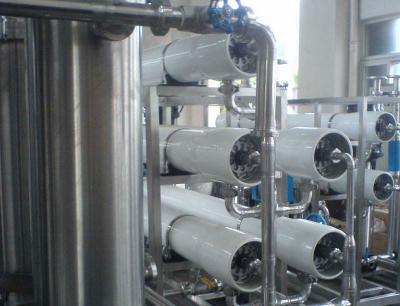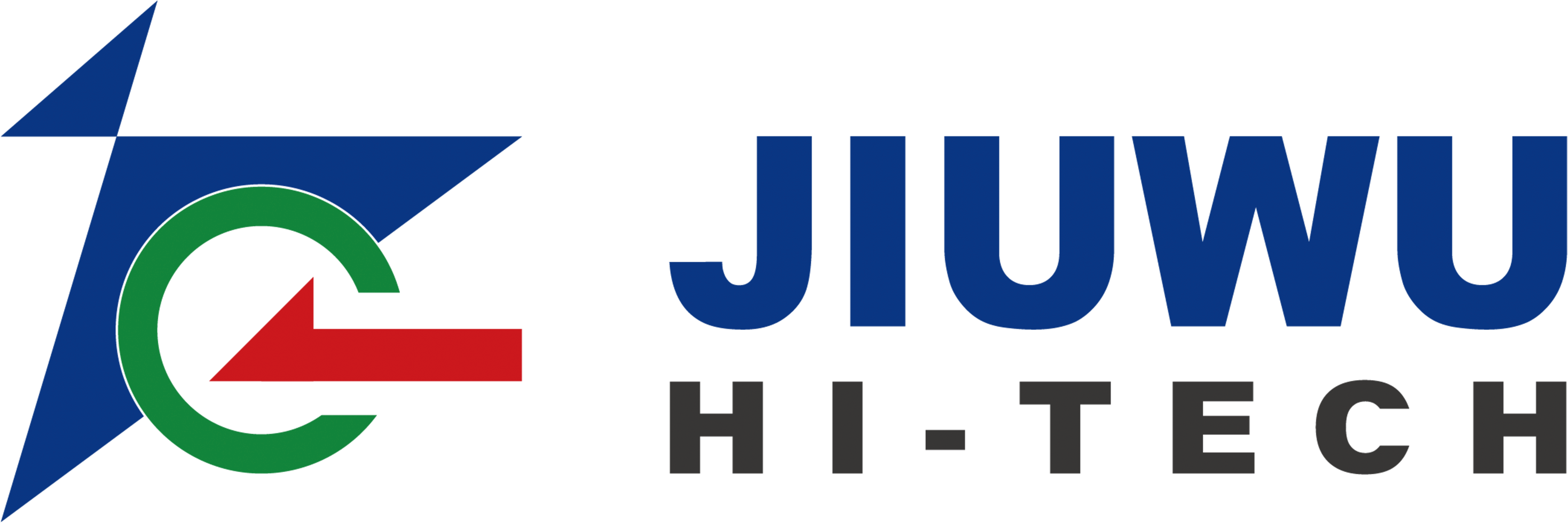With the rapid development of modern machinery manufacturing, cutting fluids have been widely used in machining, and the amount of cutting fluid has increased rapidly. However, the cutting fluid will become invalid after a certain period of use and become industrial waste fluid.
The main reason for the failure of cutting fluid is its inevitable mixes of certain impurities in the recycling project, such as metal particles (debris), dust, abrasive particles, fibers, free miscellaneous oil, water in cutting oil, etc. The high content of these impurities will damage the surface of the tool and the workpiece during use. Furthermore, these impurities are the main catalysts for the oxidation and deterioration of the cutting fluid. They will accelerate the chemical change of the cutting fluid, leading to higher acidity and greater interfacial tension, which will make the cutting fluid deteriorate and fail. Based on preliminary investigations, a large amount of waste cutting fluid produced by many factories has to be discarded in the end, which not only shortens the cutting fluid use cycle but also increases production costs, while also polluting the environment. Therefore, how to purify the cutting fluid as well as its regeneration has become an important topic in modern cutting fluid research. At present, companies often use biochemical, agglomeration, gravity classification, precipitation, aeration, electrolysis, and air flotation to treat cutting fluids. The waste oil in the cutting fluid can be recovered after the above-mentioned processes, but the cutting fluid cannot be reused for production. While after a simple pre-treatment, membrane filtration can be used to purify the cutting fluid and reuse it in production. Compared with organic film, inorganic ceramic membranes have been attracted more and more attention from researchers and production companies because of their long service life, stable equipment operation, and easy cleaning.
COD in cutting fluid is mainly composed of triethanolamine, surfactants, boric acid compounds, preservatives, fungicides, and oil and impurities brought in during the cutting fluid process. It can be seen from Table 2-1 that after the filtration treatment, COD is only changing slightly before and after the treatment, because the contaminant oil, bacteria, and impurities in the cutting fluid are removed through the filtration, while the surface activity of the main raw material of the cutting fluid such as agents, preservatives, fungicides, etc is retained.
Table 2-1 Water quality before and after treatment of cutting fluid
No | program | Concentration before treatment mg/1 | Concentration after treatment mg/1 |
1 | COD | 5000~15000 | 4500~12500 |
2 | SS | ≤800 | ≤10 |
3 | oil | ≥150 | ≤15 |
Laser diffraction particle size analyzer detection of solid particles in the cutting fluid at the outlet of the partition sink. Pls refer to Table 3-1 for details
Table 3-1 Particle size distribution table of solid particles in cutting fluid
Particle size(mm) | <200 | 200~1000 | 1000~5000 | >50000 |
Percentage content(%) | 2.5 | 8.5 | 45 | 44 |
It can be seen from the above table that particles larger than 200mm account for 97.5%, and particles larger than 1000nm account for 89%. Therefore, it is more reasonable to choose a membrane tube with a filtration accuracy of less than 200nm.
The process flow chart of cutting fluid purification and recovery: The cutting fluid flowing from the grinding machine workshop to the separator precipitation tank, and the circulation tank supplies fluid to the inorganic membrane purification system. When the cutting fluid flows through the inorganic membrane surface under pressure, Water and solute pass through the filter membrane to form permeate and flow into the permeate storage tank to supply liquid to the grinding machine workshop; Suspended particles such as wear debris are trapped by the membrane to form a concentrated solution, which is returned to the circular tank. Continuous operation is held for a while When the cutting fluid in the circulation tank contains too many impurities and the membrane flux drops to a certain level, the membrane equipment will be shut down, and the concentrated solution in the circulation tank is discharged into the concentrated solution static sink for static settlement. Simply clean the membrane equipment (wash with water), and then pump the cutting fluid at the outlet of the separator settling tank into the circulation tank to continue operation. When the cutting fluid level in the separator precipitation tank drops to a predetermined value, the pneumatic feed valve of the settling tank is opened to pump the concentrated solution into the concentrated solution settling tank for static settlement separation. After the concentrated solution settles for a certain period, the filter residue recovery device is used, and the supernatant liquid in the concentrated tank is returned to the separator precipitation tank.In order to ensure the stable operation of the membrane separation device, an "automatic pulse recoil system" has been designed in the process to reduce membrane pollution and extend the cleaning cycle; And the system is also designed and equipped with an online cleaning system. After a certain period of operation, the cleaning agent is used for online cleaning to restore the membrane flux and ensure the long-term stability of the processing capacity of the equipment and the processing effect.
The inorganic ceramic membrane separation technology uses the principle of sieving or the principle of dissolution and diffusion and adopts a cross-flow circulation operation method to remove most of the oil (especially the oil that has deteriorated and failed), iron filings, and other microorganisms and bacteria in the cutting fluid. The remaining oily substances and most of the surfactants are retained in the penetrant, ensuring the rust prevention, lubrication, and heat dissipation effects of the recycled cutting fluid, which not only protects the environment but also brings practical benefits to the enterprise.




 +86-25-58849045
+86-25-58849045
 +86-25-58749295
+86-25-58749295
 jiuwu@jiuwu.com
jiuwu@jiuwu.com
 No. 9 Park Road, Pukou District, Nanjing City (Sanqiao Factory)
No. 9 Park Road, Pukou District, Nanjing City (Sanqiao Factory) Call us on:
Call us on:  Email Us:
Email Us:  No. 9 Park Road, Pukou District, Nanjing City (Sanqiao Factory)
No. 9 Park Road, Pukou District, Nanjing City (Sanqiao Factory)

 English
English 한국어
한국어 français
français русский
русский Español
Español
